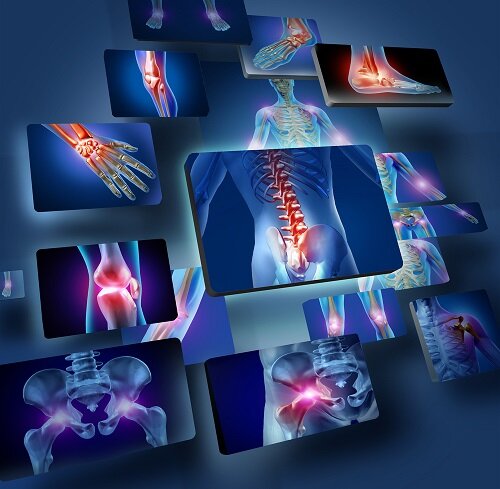
Physical therapy is designed to treat “musculoskeletal conditions” and can help people of all ages with all sorts of medical conditions, including anyone who is recovering from surgery, healing from an old injury, or experiencing aches and pains that are affecting one’s daily life.
Other reasons to visit a physical therapist could include balance issues, diabetes, Parkinson’s disease, and women’s health issues such as prenatal or postpartum pregnancy-related pain. Physical therapy can even help prevent future injury and can greatly benefit your overall health.
Here are 5 Ways Physical Therapy Can Help You:
-
Reduce or eliminate pain. Therapeutic exercises and manual therapy techniques provided by your physical therapist can help correct or prevent impairments of body functions and structures, enhance activities and participation, optimize overall health, improve physical function and prevent future injuries (depending on your specific injury or condition). Some of the more common exercises and treatments include joint and soft tissue mobilization, massage, balance training and taping or electrical stimulation.
-
Manage & treat women’s health & pelvic health conditions. Women can often have specific health concerns, especially related to change the body goes through during the prenatal and postpartum periods. A physical therapist can offer specialized treatment and management for many of these issues, including bowel and bladder incontinence, constipation, pelvic pain, pelvic organ prolapse, and even for complications of cancer, fibromyalgia, and lymphedema (for all people).
-
Restore mobility and strength. Many patients experience difficulties standing, walking and balancing, especially after an injury or surgery. If the joint is inactive for too long, it can become stiff and limited in its range of motion. Physical therapy can help patients get back on their feet by increasing mobility and strength. This is accomplished by using stretching, coordination, balance and resistance exercises to help patients regain their previous level of function; patients can feel confident in their strength and ability, while also mitigating the risk of future injuries. A physical therapist can also properly fit patients with crutches, canes, walkers and other assistive devices.
-
Recover from and/or prevent sports injuries. A physical therapist understands how certain sports can increase your risk for specific types of injuries such as groin pulls, shin splints, hamstring strain, shoulder injuries, sprained ankles, knee injuries, tennis elbow, Achilles tendinitis, and more. If you have a sports-related injury or play sports regularly, they can provide an appropriate recovery or prevention treatment program, helping you have a safe return to your favorite sport or other physical activities and/or help mitigate your risk.
-
Manage age-related issues. As people get age, they may develop arthritis, osteoporosis, or need a joint replacement. Physical therapists are certified experts in managing arthritic conditions and helping patients recover from joint replacement.
Please note: Physical therapy can be modified to treat all different types of people depending on their condition or injuries, preferred daily activities, age, and/or long-term goals.
Still have questions? Would you like to book an appointment?
If you would like more information or would like to speak to an experienced physical therapist in Miami, Florida, you can contact me via phone at (305)-982-7595, via email at arienne@doctorarienne.com, or simply fill out an online form. To schedule an appointment, click here.
If you enjoyed this blog article or have a specific question about it, shoot me a comment below!
